Luggage
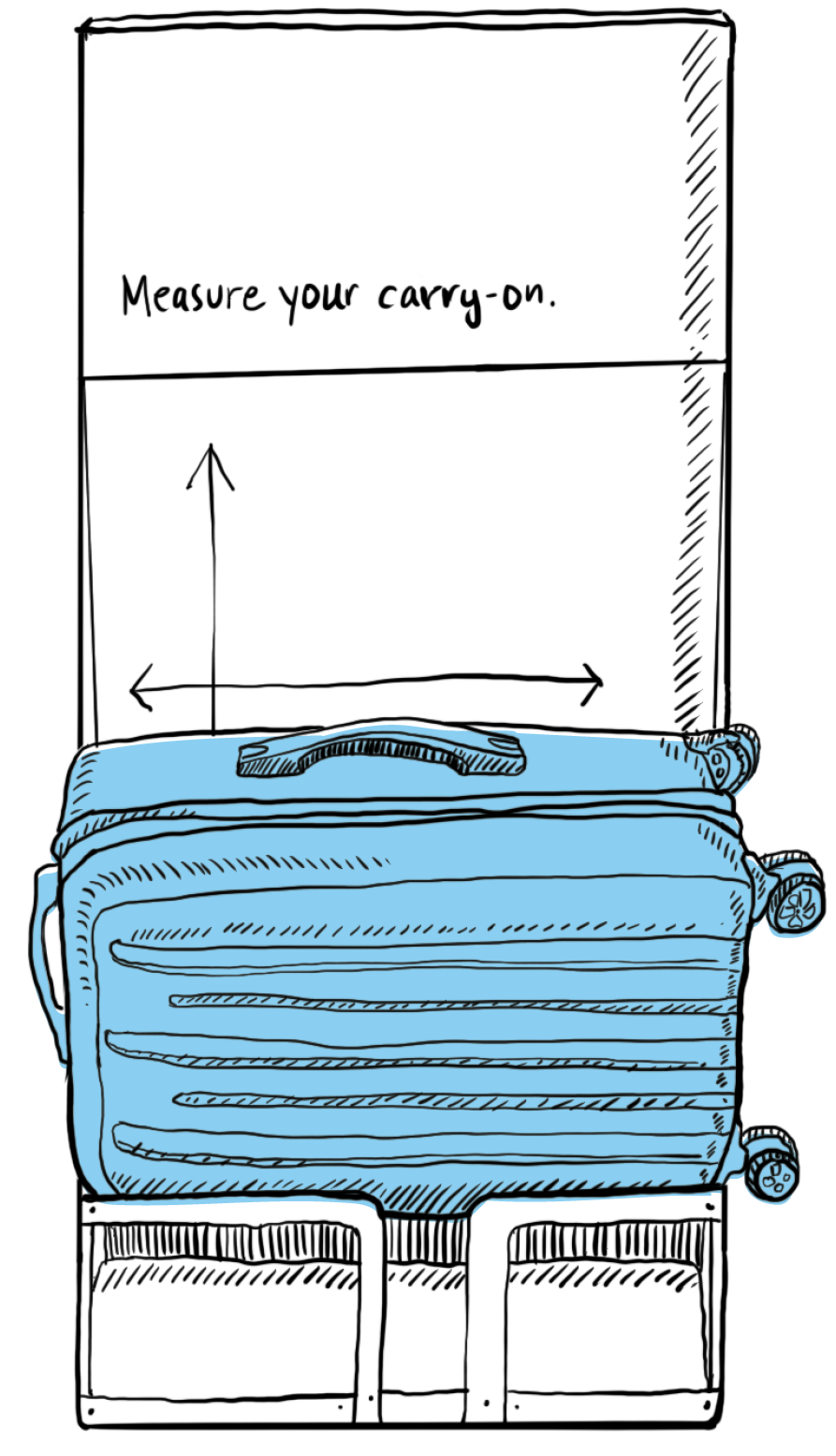
The air travel system is as much about moving luggage as it is about moving people.
︎︎︎ Related entries:
Bag Tag
Safety
Security Theater
︎ Random Entry
Tags: product design, security,
surveillance
Bag Tag
Safety
Security Theater
︎ Random Entry
Tags: product design, security,
surveillance
Design Decisions
Luggages are primarily categorized into carry-on bags, and checked luggage.
Carry-on bags refers to a type of luggage that passengers are allowed to carry with them into the passenger compartment of the plane. Checked luggage are stowed in the cargo compartment.
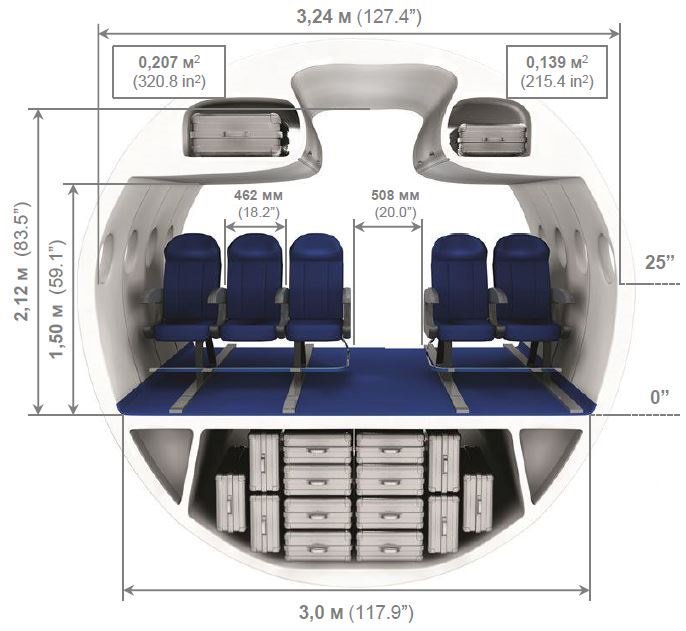
Crossection of an aircraft, demonstrating allocation of seats, carry-on luggage, and checked luggage
The physical dimensions and the weight of luggage are strictly delineated, especially regarding carry-on bags. The size and weight of carry-on bags are limited by the plane’s overhead bin design, under-seat storage space, weight requirements, and financial incentives. Booking class of the passenger can also dictate the allowed number, size, and weight of the luggage, for both checked baggage and carry-on items.
The International Air Transport Association (IATA) sets guidelines for carry-on luggage size, specifying maximum length of 22 inches, width of 18 inches and depth of 10 inches [1]. However, these are not mandatory and individual airlines vary their requirements, depending on the aircraft model being used, or the booking class of the passengers. Due to the lack of standardization, there is a large number of different size requirements among different airlines.

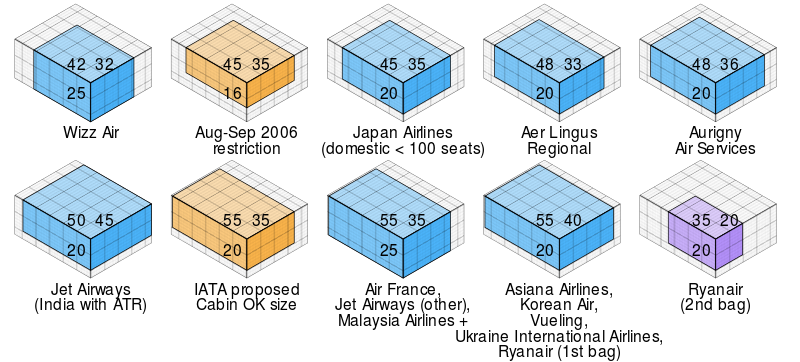 Carry-on bag size
limiations per airline
Carry-on bag size
limiations per airline
Security concerns also dictate many requirements for the luggage and what can be in it. Certain types of objects can only be carried by checked luggage, while others can only be in carry-on. Liquids and gels over a certain amount, powders, sharp objects, scissors, knives, and some sporting goods must be in a checked baggage, not carry-on bags. On the other hand, airlines require that spare batteries, e-cigarettes, or powerbanks be in carry-on bags, rather than checked luggage [1].
Despite passenger fears of losing items in the luggage, passengers are dissuaded from using locks so that it is able to be searched, and must only use specific pre-approved locks sold by the TSA [2].
“Monitoring of our luggage at airports is probably one of the most visible methods of surveillance” [3].
Effects on Passengers
For many passengers, this diversity of requirements can make it feel as if the size requirements are arbitrarily decided and enforced. Ensuring that their bags are the correct weight, height, and width as the chosen airline contributes to the pre-flight stress. Because ticket prices are often tied to luggage size and type restrictions, passengers grow resentful at staff being inflexible about slightly larger or heavier luggage.
Many passengers prefer to have more of their possession on hand during the flight, both to skip the time-consuming baggage check and claim process, and in fear of losing their checked baggage. This has led passengers to employ a number of strategies, such as lining up earlier to ensure that their carry-on bags do not get checked, or by paying for the right to board earlier, in order to get to the overhead bins quicker.
Additionally, it is important to recognize that the space occupied by the human body changes when accompanied by a carry-on bag. The body bubble changes, and activities are undertaken with only one hand free [4, 5]. This should be taken into consideration when designing the width of spaces in the airport, such as aisles in stores, size of escalators, and width of hallways.
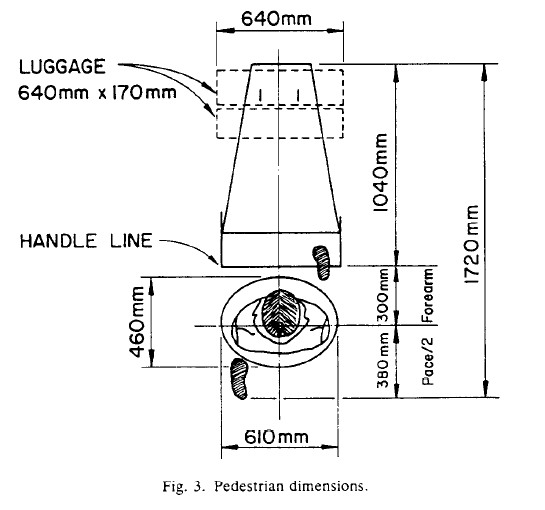
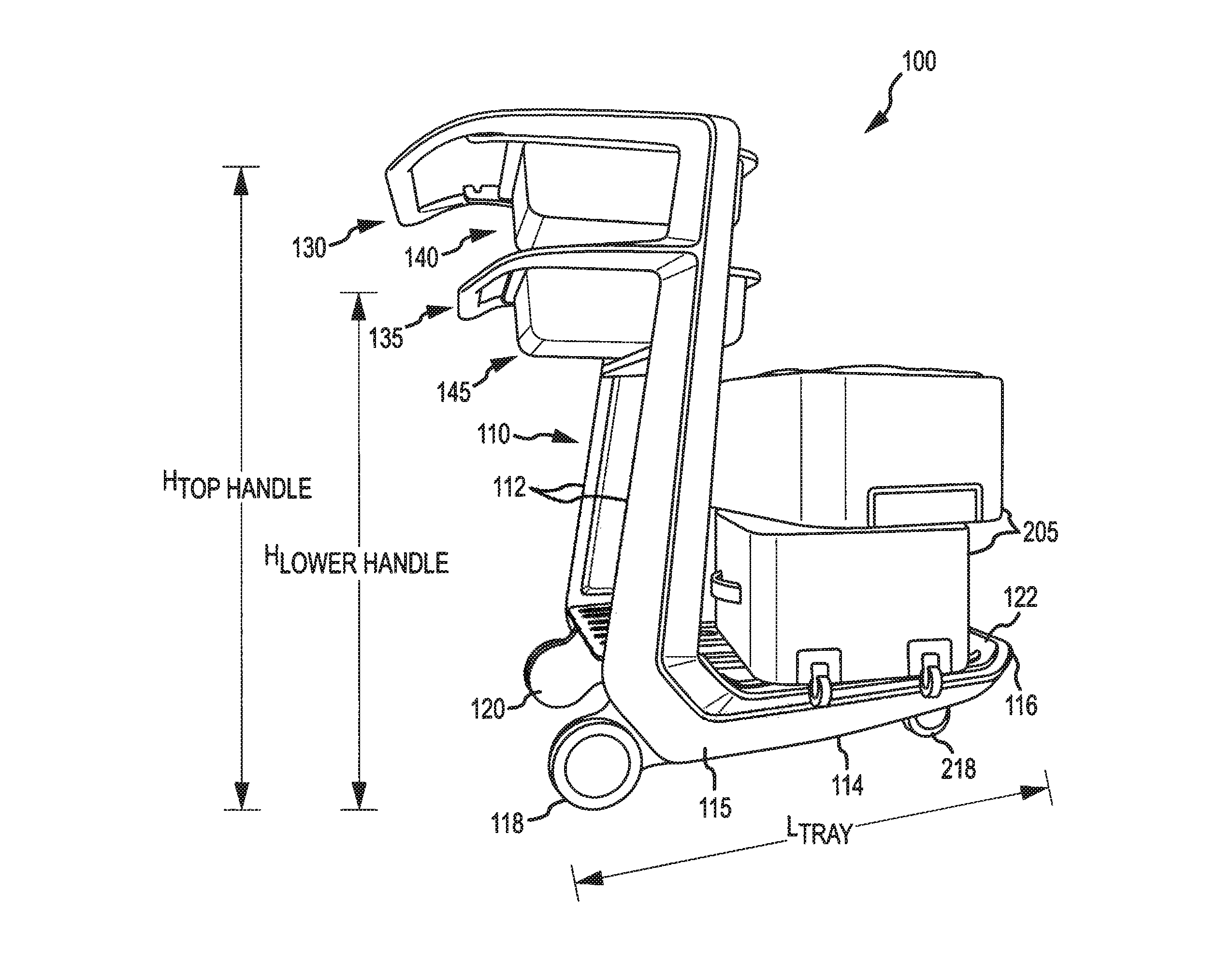
An example of an object that extends the body bubble.

The design of spaces at the airport must take into account the changed body bubble of a passenger carrying luggage. Above shows a diagram of such an escalator design
What-Ifs
What if bags were envisioned as an end-to-end experience, where bags are picked up and delivered door to door?
Through leveraging freight networks (e.g. Fedex, DHL, or Amazon fleets), a passenger’s luggage could make the same journey as the passenger without the passenger needing to wait in line for the bag drop-off counter or the baggage claim in the terminal [6]. In a scenario like this, status updates of the luggage should be available to the passenger in real time to reduce traveler stress, similarly to tracking a package in the mail.
What if the luggage could move autonomously and negotiate with its immediate surroundings through sensor arrays?
Companies such as CowaRobot, ForwardX Robotics, and Piaggio Fast Forward have released designs of autonomous luggage robots that follow the owner [7, 8. 9]. These solutions might present their own challenges in that passengers may feel nervous about being out of physical contact or visual field with their belongings.
What if there was a luggage pick-up or drop off in the city center?
By having a baggage drop off in the city center, some passengers could drop off heavy luggage earlier on in their journey to the airport. This would allow passengers relief from carrying heavy items, and the passenger would not need to wait in long lines for the bag drop-off counter or the baggage claim in the terminal.
How can we discourage passengers from retrieving their carry-on luggage during emergency evacuations?
During accidents, studies have also found that passengers often pause to retrieve cabin baggage during emergency evacuations despite instructions to the contrary, raising questions as to whether this contributes to the loss of life [10]. Remote locking of overhead baggage bins is being considered as a possible solution, but this may have unintended consequences. Striking the right balance of tone, severity of technology, and execution will be important.
- International Air Transport Association. “Passenger Baggage Information.” Passenger Baggage Information. IATA. Accessed October 1, 2019.
-
Leasca, Stacey. 2017. “Suitcase Locks Are Basically Useless, but There Is One Way to Keep Your Stuff Safe.” Travel Leisure, August 5, 2017.
-
Adey, Peter. 2003. “Secured and Sorted Mobilities: Examples from the Airport.” Surveillance & Society 1 (4).
-
Gladwell, Malcolm, and Paco Underhill. n.d. “New Yorker Conference: Deconstructing the Airport.” The New Yorker Videos.
-
Kraal, Ben, Vesna Popovic, and Philip J. Kirk. 2009. “Passengers in the Airport: Artefacts and Activities.” In Proceedings of the 21st Annual Conference of the Australian Computer-Human Interaction Special Interest Group on Design: Open 24/7 - OZCHI ’09, 349. Melbourne, Australia: ACM Press.
-
Arup. 2016. “Future of Air Travel.” Arup & Partners, Intel Corporation.
-
“The World's First Auto-Follow Robotic Suitcase.” The world's first auto-follow robotic suitcase. Accessed October 20, 2019. https://cowarobotrover.com/.
- Forward Robotics. “Ovis: 1st AI-Powered Suitcase Following by Side.” Indiegogo, May 29, 2018.
-
“Gita.” My Gita. Accessed October 20, 2019.
-
Kaminski-Morrow, David. 2019. "ANALYSIS: Superjet fire puts focus on evacuation threat". FlightGlobal.